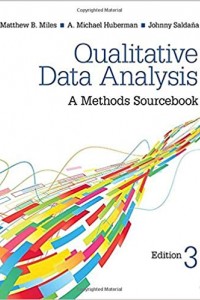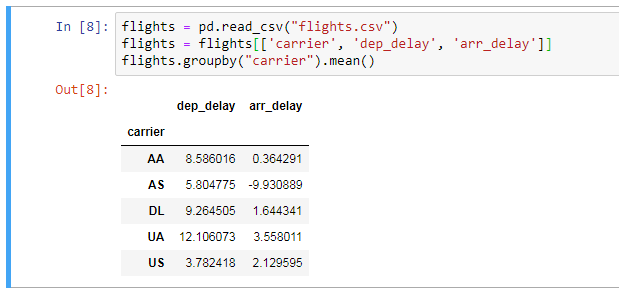

It is to note that attention to how an author marshals evidence can be, along with primary argument and scholarly positioning, the most important thing you take from an efficient reading."įrom Wayne C. It might be that the most important argument of the book comes from a particularly revealing analysis of a single source– or interpretation of previous scholarship’s reliance on same. This is not to suggest that more traditional, textual evidence is reflective of a chapter’s significance (either for the book, or more generally speaking). I try to skim the notes for each chapter to understand when the type or volume of evidence changes. Sometimes it’s clear that particular chapters are more consequential than others in moving the argument ahead, and then it’s important to pay particular attention to the evidence that’s marshaled there. It’s also a way to assess which chapters carry which burden of the argument. Reading the introduction and conclusion of each chapter, then, is the next step in assessing the argument’s development. The strength of each is precisely that it is capable of turning up information or knowledge records that cannot be found efficiently-or often even at all-by any of the others The weaknesses within any one method are balanced by the strengths of the others None of them is confined exclusively to English-language sourcesĮach has both strengths and weaknesses, advantages and disadvantages The advantages of trying all these research methods are that:Įach of these ways of searching is applicable in any subject area Browsing the stacks is a good way to find similar books however, in large libraries, some books are not in the main stacks (e.g., they might be checked out or in ReCAP), so use the catalog as well. Libraries organize books by subject, with similar books shelved together. Systematic browsing, especially of full-text sources arranged in predictable subject groupings. The people to start with are often professors with relevant knowledge or librarians. People are often more willing to help than you might think. Searches through people sources (whether by verbal contact, e-mail, etc.).

BIBLIOGRAPHY is a subject heading in the Catalog, so a Guided Search with BIBLIOGRAPHY as a Subject and your topic as a keyword will help you find these. Published bibliographies on particular subjects (Shakespeare, alcoholism, etc.) often list sources missed through other kinds of searches. Searches through published bibliographies (including sets of footnotes in relevant subject documents). This technique helps you become part of the scholarly conversation on a particular topic. Search for specific books or journals in the library’s Catalog.

Track down references, footnotes, endnotes, citations, etc. The more recent the source, the more up-to-date the references and citations.Ĭitation searches in scholarly sources. Within catalogs and databases, sort by the most recent date and look for books from scholarly presses and articles from scholarly journals. Look for recent, scholarly books and articles. This is true of the library’s Catalog as well as many other library databases. Subject Headings (sometimes called Descriptors) are specific terms or phrases used consistently by online or print indexes to describe what a book or journal article is about. In search engines, include many keywords to narrow the search and carefully evaluate what you find. To search a database effectively, start with a Keyword search, find relevant records, and then find relevant Subject Headings. Useful both to narrow a search to the specific subject heading and to find sources not captured under a relevant subject heading. Search relevant keywords in catalogs, indexes, search engines, and full-text resources. (Adapted from Thomas Mann, Library Research Models)


 0 kommentar(er)
0 kommentar(er)
